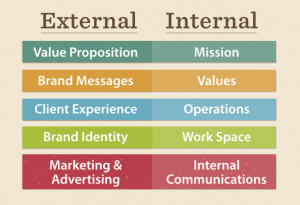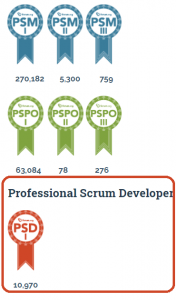Do your website visitors actually stick around to read your content—or do they take one look at your site and then leave?
If you’re not sure, check your website analytics and look at the bounce rate. The bounce rate effectively tells you how long visitors are staying on the site. If your visitors are leaving pretty quickly, that’s bad on a couple of levels: It hurts your SEO credibility, and it reduces your capacity to capture leads.
The good news is, high bounce rates can often be brought back to earth. All it takes is for you to figure out why people are leaving your site and to make the necessary changes.
Admittedly, there could be any number of reasons why visitors are leaving the site—but here are some common ones:
- Your site takes way too long to load. Nobody has the patience to sit and watch a website load, especially not from a mobile device. If your site takes more than a second or two to load, you should contact your developer to speed things up. This may be as simple as removing some big graphic or video files.
- You’re misleading your readers. Nobody likes to feel duped. Your website titles and meta descriptions should always provide an accurate overview of what the page actually contains. Ditch the clickbait and forget about your bait-and-switch strategy. Just tell the truth about your website!
- Your site lacks internal linking. Each page of your website or blog should link to other relevant content—which will keep people clicking and reading your website longer.
- You’re using pop-up ads! These are so 1999. Many visitors immediately leave sites that use pop-ups, no questions asked. Get rid of ‘em.
- You’re splitting your content over multiple pages. If you have a blog post that spans five pages, and you make people click a button to get from one page to the next, you’re engaging in pagination—which is frankly annoying. It’s okay to have a lengthier page and to ask people to scroll.
- Your site isn’t readable. Don’t use large chunks of text; make sure you have short paragraphs, sub-headings, bulleted lists, and plenty of white space. The easier it is to read your page, the better.
- Your website isn’t mobile friendly. If you’re not sure about this, check it on multiple mobile devices and make sure it all looks okay and loads properly.
- Your site is hard to navigate. If you lack clear navigation and an on-page search bar, you’re losing some key opportunities to keep readers on your site. Add ‘em!
(108)








